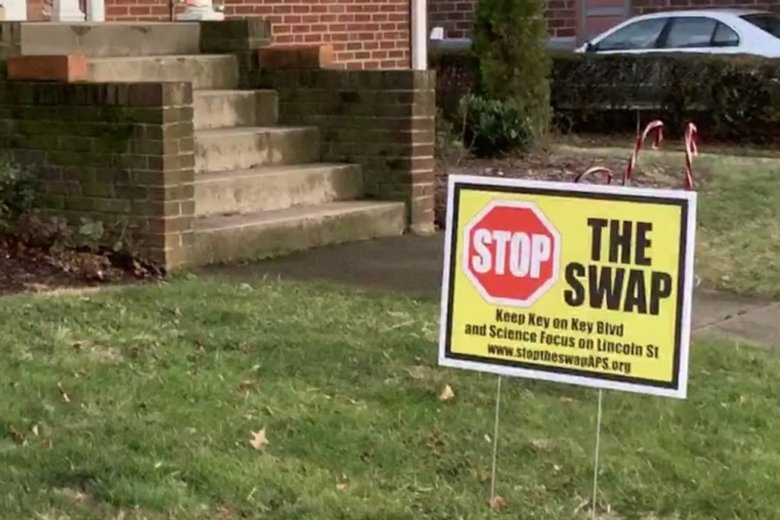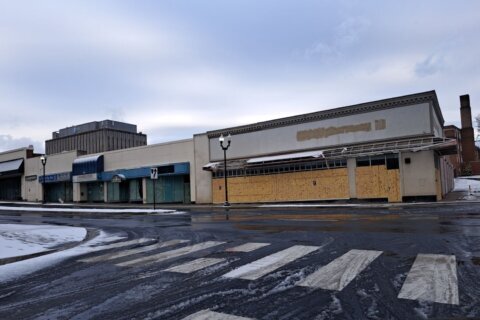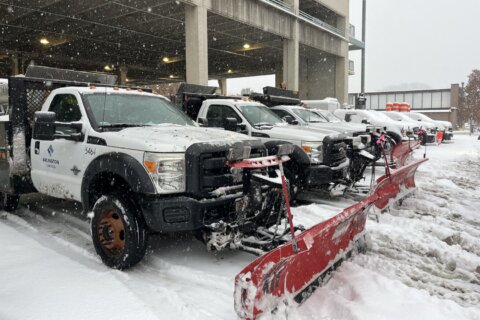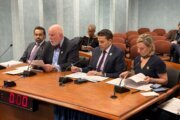
This article was written by WTOP’s news partner, ARLnow.com, and republished with permission.
Arlington schools officials are pumping the brakes on a controversial plan to swap the Arlington Science Focus School and Key Immersion School buildings, after new projections revealed an unexpected increase in the county’s elementary school students in the coming years.
The school system had previously planned to move Key’s Spanish immersion program to the ASFS building, and vice versa, sometime in the next two years. The move was designed to solve some complex boundary issues in North Arlington neighborhoods, as some students currently zoned to attend ASFS actually live closer to Key.
But the school system’s plans have attracted some fierce community pushback since Superintendent Patrick Murphy rolled them out in September, with parents criticizing the logistics of the move and Murphy’s decision to press ahead with the decision without putting the matter to the School Board for a vote.
Yet Arlington Public Schools officials say the decision to “pause” the swap was driven instead by the newest data about school enrollment growth in the county, which staff presented to the Board last week.
APS planners previously believed that the county’s student population growth was finally beginning to level off after years of large jumps, but they’re now expecting a 24 percent jump in the student population between now and 2028.
Notably, elementary schoolers account for most of that change. Officials are forecasting a 21 percent increase in the elementary school population alone, which translates to about 2,778 more students over the next decade — that’s about 1,000 more kids than they expected the school system would add just a year ago.
“Given this projections update and the strong commitment APS has to the dual-language immersion program, the location for elementary immersion will be reevaluated to best meet the needs of our students,” APS staff wrote in an announcement on the school system’s website. “APS will reevaluate where the immersion program can grow, either at ASFS or other locations, while providing equitable access for all students in the immersion option.”
SUBSCRIBE TODAY | Like this article? Read more by subscribing to ARLnow.com’s newsletter today.
Both schools are currently overcapacity, and each one requires several trailers to educate those students. Some parents were already concerned that the swap would pose space problems even before these projection updates, as Key is both larger and currently holds more students than ASFS. A petition urging the Board to stop the swap has already garnered more than 800 signatures.
But with this new information in hand, the school system says it plans to keep studying the issue, with the goal of maintaining the “50/50 student balance of native Spanish speakers with speakers of English” for the immersion program wherever it might land.
“It’s important to consider the best locations for the immersion program at the elementary level to ensure equitable access for all students, and encourage participation by English learners along with native English speakers,” APS staff wrote. “This is critical to the integrity of the dual-language model and helps ensure that the academic benefits of the program are fairly distributed within a community.”
School officials hope to deliver a recommendation on a path forward to the Board by December, in order to include any adjustments as part of the next round of elementary school boundary adjustments. That is set to impact 14 schools in all, coming on the heels of the Board’s boundary changes for eight South Arlington schools at the end of last year.
More broadly, the new elementary school projections are igniting some big questions for the Board.
Planners reassured school leaders at their meeting last Thursday (Jan. 24) that this sort of surprise jump in student population is “not unprecedented,” and largely driven by the relentless pace of development in the county. But it’s concerning nonetheless for Board members, who only just signed off on a biannual update of the school system’s construction plans for the next 10 years.
“Our growth is continuing long-term,” said Board member Barbara Kanninen. “Until this update, the county and our data were kind of projecting we were going to level off at some point, probably around 32,000 students. You’re going beyond that… It really shows we have continual growth.”








